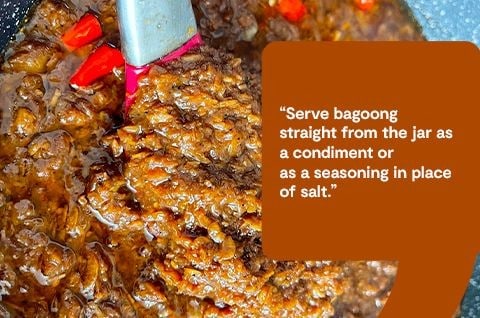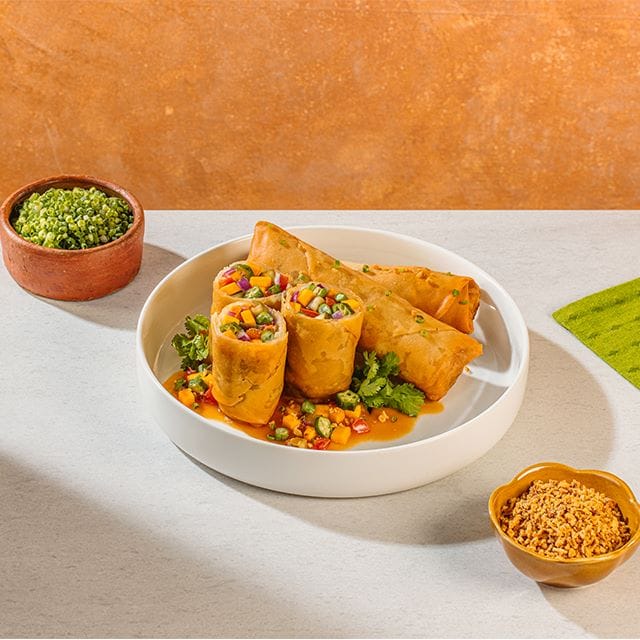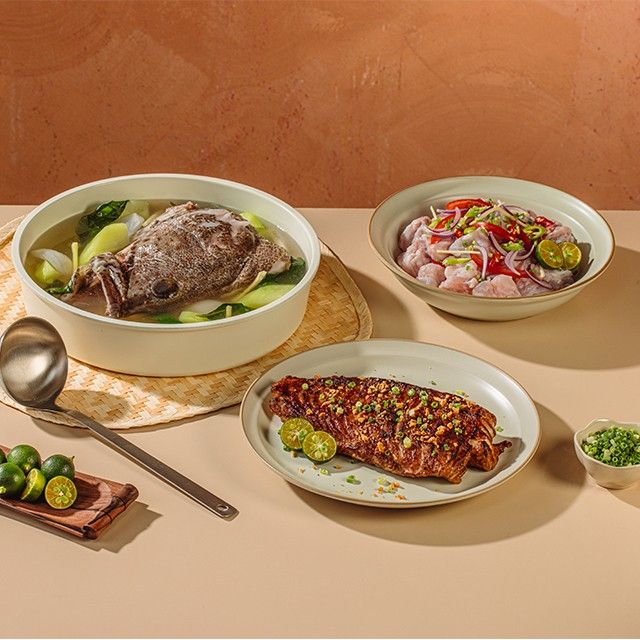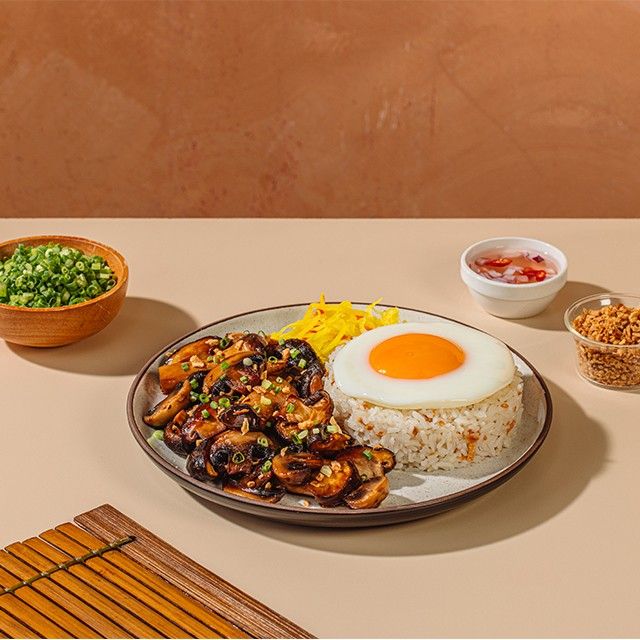Some say the greatest culinary discoveries begin in the kitchens of Michelin-starred restaurants. However, one could argue that the most enduring ones come from necessity. For instance, before the widespread use of modern refrigeration, families had to be inventive with preserving their food. Thus, fermentation was born. This age-old method not only unlocks a depth of flavor that has become integral to many cuisines around the world but also holds big promise as a zero-waste cooking practice.
Now that food waste is the culinary hot issue – and a major economic and environmental problem – fermented food is regaining steam. Products like kimchi, kombucha, and sauerkraut have recently made their way into mainstream dining. But fermentation has been part of the Filipino culinary DNA for centuries, long before trendy ferments entered the market.
Fermentation Examples in Filipino Cuisine

Fermentation may just be the oldest known food craft in the history of Filipino cooking. While our ancestors primarily used fermentation as a food preservation method, it has transformed into a technique that adds complexity to flavors and maximizes every morsel of ingredients. Now, you can find different fermented specialties from every region of the island, which are adapted to local ingredients and tastes.
1. Serve savory buro with the main course.

Filipino cuisine features a combination of sweet, sour, and salty – all the components found in burong isda, a delicacy originating from Pampanga. Here, raw freshwater fish such as tilapia or dalag are fermented with salt, cooked rice, and angkak (red yeast rice) for seven days, sometimes more. Over time, it breaks down into a mushy, pungent mixture, which is then sautéed with aromatics like onions, garlic, ginger, and tomatoes. The final product pairs well with grilled or fried dishes, boiled vegetables, and even a bowl of plain rice.
There’s also burong hipon, which uses small shrimp instead of fish. The fermentation process is shorter, typically taking three to four days. The shrimp-and-rice slurry has a tangy and salty kick with a slightly sweet aftertaste that complements various popular dishes, from kare-kare to inihaw na bangus.
In addition to buro, Kapampangans often preserve pork strips and turn them into pindang babi. They ferment the meat with sugar and cure it with salt to tenderize the pork and impart a unique tuba-like flavor to it. Pindang babi can be an alternative to salami or other cured meat in dishes like sandwiches and pasta.
2. Ferments to build flavor-packed sauces.

Many Filipino dipping sauces are byproducts of fermentation. Bagoong, perhaps the most famous one, can be made with fish (bagoong isda) or tiny shrimp (bagoong alamang) fermented in sea salt any time between several weeks and years. Once done, the paste can be served straight from the jar as a condiment or as a seasoning in place of salt. You may also collect patis from the golden liquid that separates during the fermentation of bagoong, which you can use as the base in sawsawan.
Another fermented staple in Filipino sauces is suka or vinegar. Each variation of suka brings a different acidity and flavor profile to the table. For example, sukang Iloco has a delicate sweetness whereas sukang tuba tastes extra sour. The former is a great addition to adobo dishes or as a dipping sauce for empanada while the latter is ideal for making ceviche or as salad dressing.
3. Side dishes to cleanse the palate.

If Koreans have kimchi, Filipinos have atchara. The most traditional recipes call for young papaya, finely shredded and mixed with a colorful medley of carrots, ginger, onions, and bell peppers. These ingredients are soaked in vinegar and sugar brine, then left to ferment overnight or longer.
The tartness of atchara makes it the perfect accompaniment to rich and fatty dishes. You can add it to menu items such as dinakdakan tacos and dress it with Lady’s Choice Real Mayonnaise. The delightful crunch and bright flavor of the pickled papaya cuts through the greasiness of the grilled pork.
4. Wine to sip during dinner.

Fermented beverages have a deep history in the Philippines, with production methods passed down through generations. For example, the Ilocanos perfected the art of making basi even before the Spaniards arrived. This boozy drink is made by storing sugarcane juice in earthen jars, where it is combined with samak, herbs, and spices. The resulting wine can range from sweet and sour to dry and bitter, depending on the length of fermentation and exact ingredients used.
If you venture north to the mountainous regions of the Cordilleras, you’ll find a traditional rice wine called tapuy. The process of making tapuy involves fermenting cooked glutinous rice with a natural starter culture known as bubod and pasteurizing the mixture before consumption. Taste-wise, it has a stronger alcoholic flavor compared to sake.
Both tapuy and basi can be enjoyed on their own or in cocktails. They also work well as a glaze when cooking.
Fermentation and the Zero-Waste Cooking Trend

Much has been said about the benefits of fermented foods for health. But beyond the nutritional advantages (and that little extra zing that tickles the taste buds), fermentation aligns seamlessly with the zero-waste cooking principles, which can propel your F&B business in many ways.
- Diversifying your menu: Cooking with your kitchen’s supply of scraps is a creative act. You’re making the most out of the least, creating special dishes no one thought were possible from discarded ingredients. In a way, it fuels you to push your boundaries and explore new flavor combinations.
- Operate more sustainably: Nearly 33% of all food produced globally ends up in the trash bin. As it rots away, it releases a greenhouse gas that endangers the ecosystem. Moreover, food waste contributes to excess consumption of natural resources.
- Cutting unnecessary food costs: Every peel, leftover, and bit of spoilage thrown away means money down the drain. Reducing food waste in restaurants is not just an ethical choice but also a financial imperative. By fermenting unused ingredients, you can effectively manage your restaurant’s inventory and minimize costs.
- Attract more eco-conscious customers: Around 60% of restaurant-goers choose to dine at establishments that implement zero-waste cooking practices. Showcasing fermented dishes on the menu can set your place apart from competitors and increase sales.
Filipino fermentation techniques might have faded into obscurity. But as the world increasingly embraces zero-waste cooking methods, these ancient ways of preserving food are returning to the spotlight. Take the opportunity to explore the magic of fermentation. If you want to learn more about current food trends, download the Future Menus 2024 report today.








